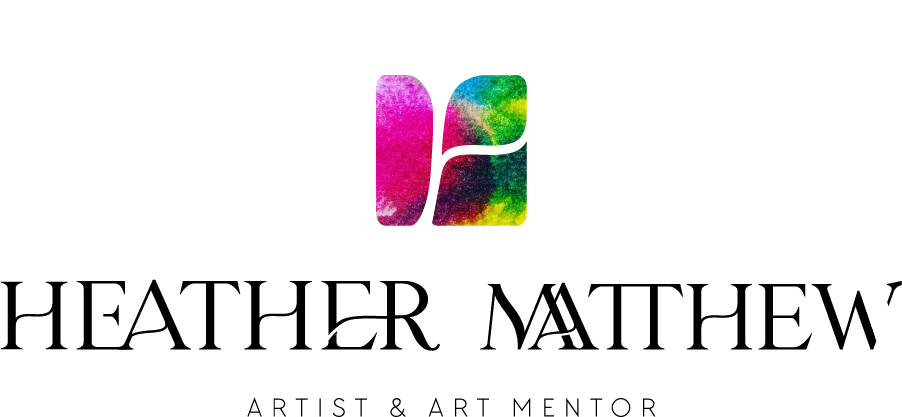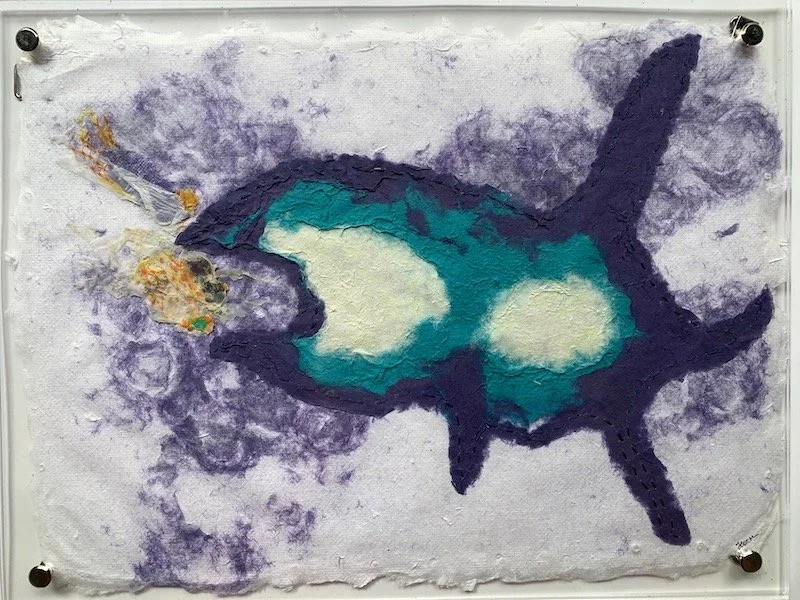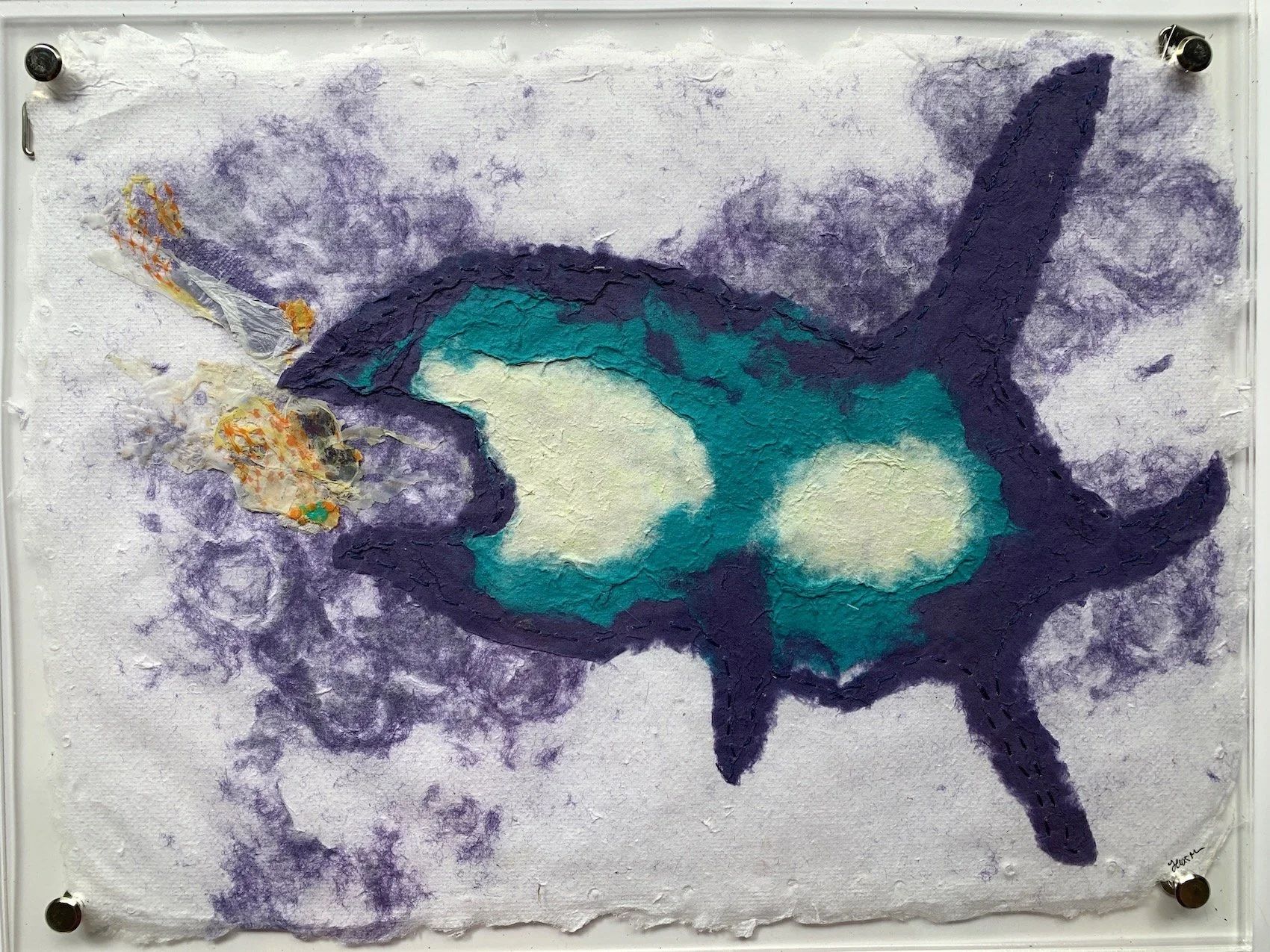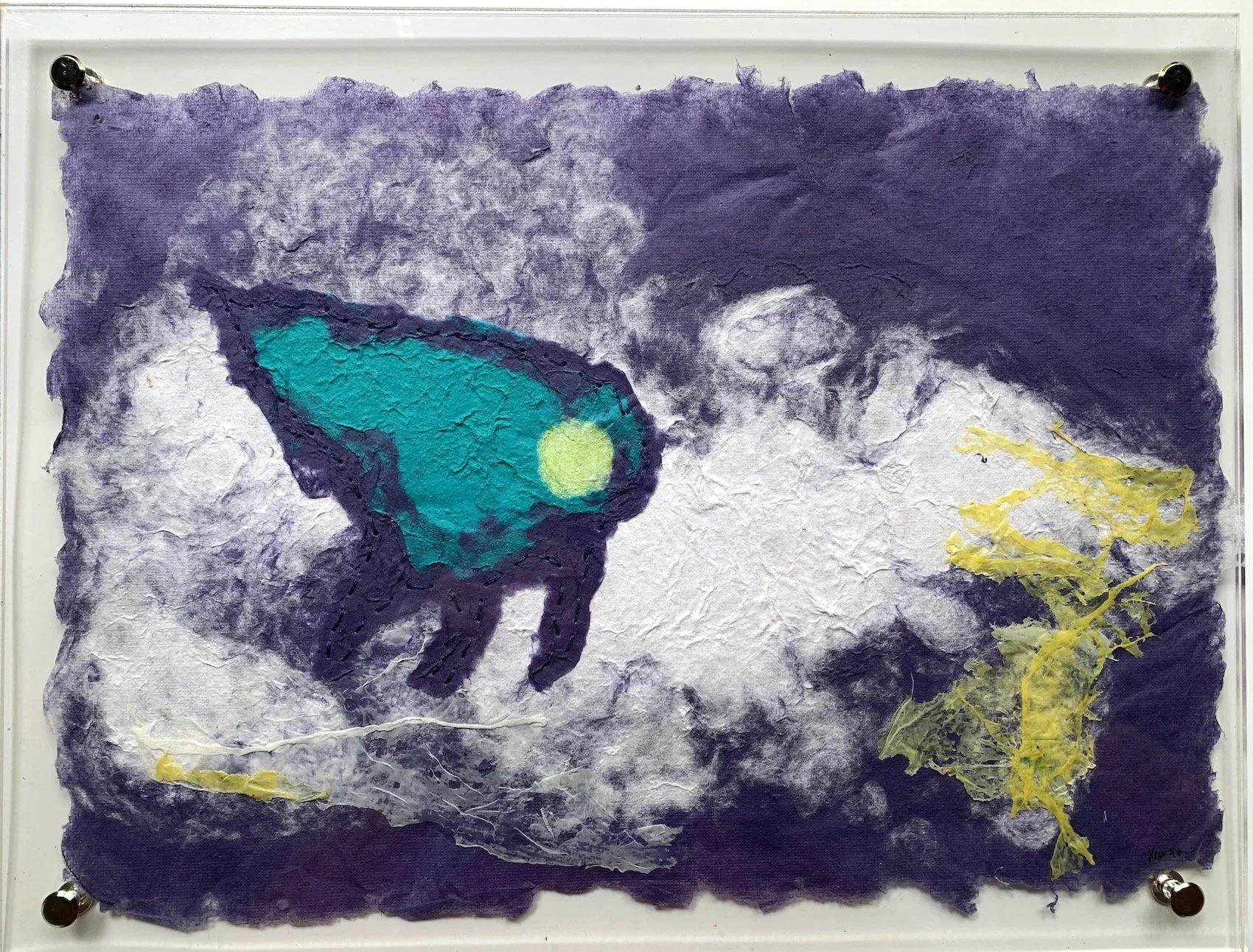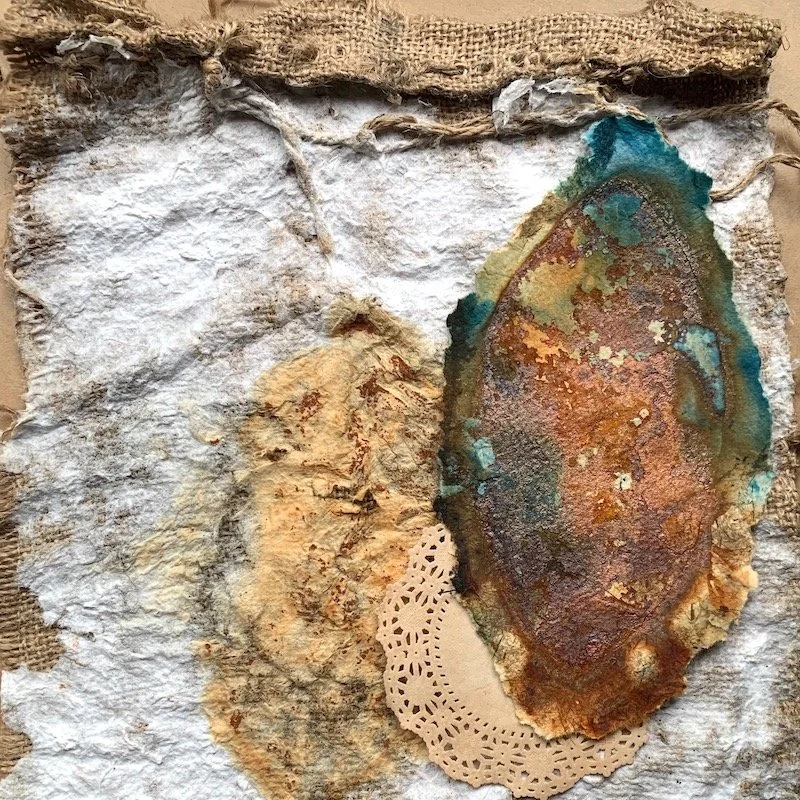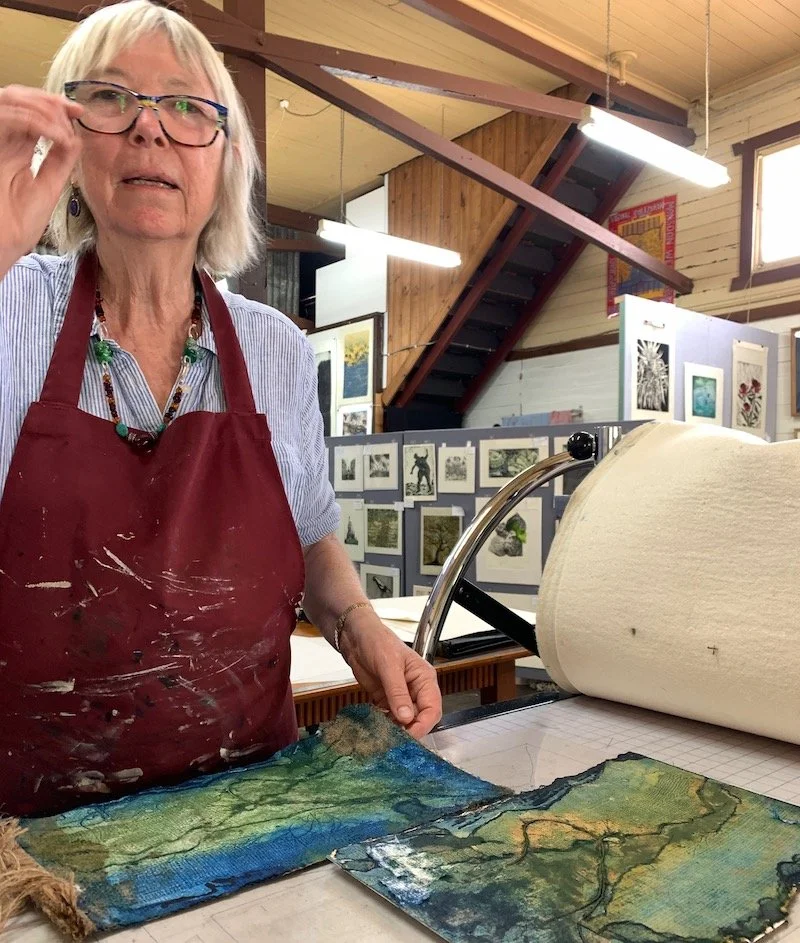Painting by numbers
Leviathan, 2021. Mixed media .
When I was a kid, I loved to draw. My first how to drawing book was how to drzw dogs, my second was how to draw figures. There was a formula, a way to shape the head and bodies which I practiced over and over. Needless to say to this day I am not a realistic drawer. What I did love were those Bumper holiday activity books which had pages of puzzles and ’draw by numbers’ where the figures appeared as if by magic and the images always came out right.
I often see paintings in hotels or the cheap $2 shops which I call “wall art”. They look like my version of these activity books. A stylised figure or beach scene designed to put colour on the white walls. Nothing too startling or provocative. Never art to “make you scratch your head”.
When I was in art school we had a life drawing class I hated because I could never get the perspective right and the figures always looked wonky. I never took to painting for the same reason so I stuck to photography and printmaking. Some years later I joined an informal ‘drawing group’ where we would go out to a site and respond to it. After an hour I was bored and would go for a walk or start up a conversation because for me the main reason of the group was to get together for some arty conversations.
I struggled with the concept of ‘making art’. Mine could only be defined loosely as “mixed media” which encompassed a bit of this and a bit of that. Playing with materials and concepts that were more about the story than a realistic image.
What I realise now is that I was finding my style. One that incorporated a formulaic method of response to an idea or materials where the images appeared “as if by magic” and all I had to do was join up the dots.
Making images from paper pulp helped me do that, as did my ink and water experiments. Take away the pressure of paint and paint brush and allow the water to flow with colour. That has been a liberation and one that I embrace wholeheartedly. The same with tearing paper for collages. Scissors are like paint brushes, they mean you are in control. Tearing paper means that you allow the paper to create its own shapes and rough edges.
Last year I did a series of paper and plastic ‘fusions’, responding to walking along the beach and picking up plastic rubbish. I brought them home and thought “what if” I try to fuse the plastics with paper and see if they bond together. They did! I then used this as a starting point to create marine landscapes with creatures more fluid in form than recognisable ‘fish’.
The results were what I call intertidal zone narratives, about plastics, pollution and marine life. When I came to write about it later, I said:
“In this series of small works, I created paper from recycled cotton pulp and added anamorphic sea creatures to a marine landscape. Fused and stitched into these waters are plastic and mesh produce bags along with my tidal collections of fishing line, plastic particles and other flotsam fragments. If this landscape filled with its floating debris wasn’t so deadly it would look beautiful in all its glittering colours.”
Framed in clear Perspex, the materials ‘talk to each other’, allow the light to shine through the paper like light through water and become my version of join the dots. I’m proud that they will be hanging in an exhibition called Small Treasures at The Centre in Scenic Rim, Beaudesert which opens next weekend. Not ‘wall art’ but art to make you ‘scratch your head’.
Footnote: Eurythenes plasticus is a species of amphipod of the genus Eurythenes, first described in 2020. It was named in reference to the PET plastic found in its stomach, after researchers wanted to highlight the impact of plastic pollution. ~ source Wikipedia.
Eurythenes plasticus, 2021 Mixed media. (there is actually a marine creature of this name - see footnote).
